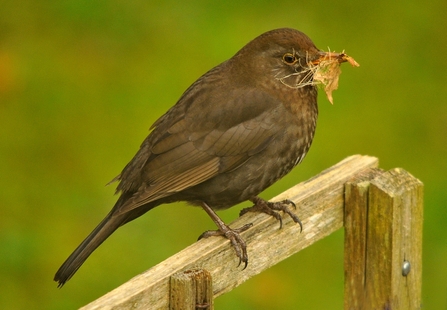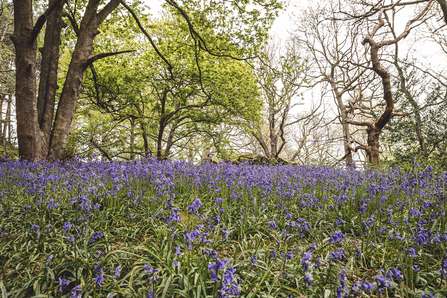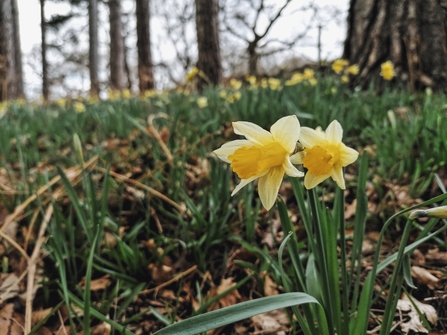Happy Easter!
What better way to celebrate half-term than getting outdoors in nature! Spring is a time for new shoots appearing on the trees, flowers beginning to bloom, bird parents busy building nests and newborn arrivals. Now that the days are getting sunnier, the Easter break is a great time to get out and have some fun and see what you can find out in nature.



